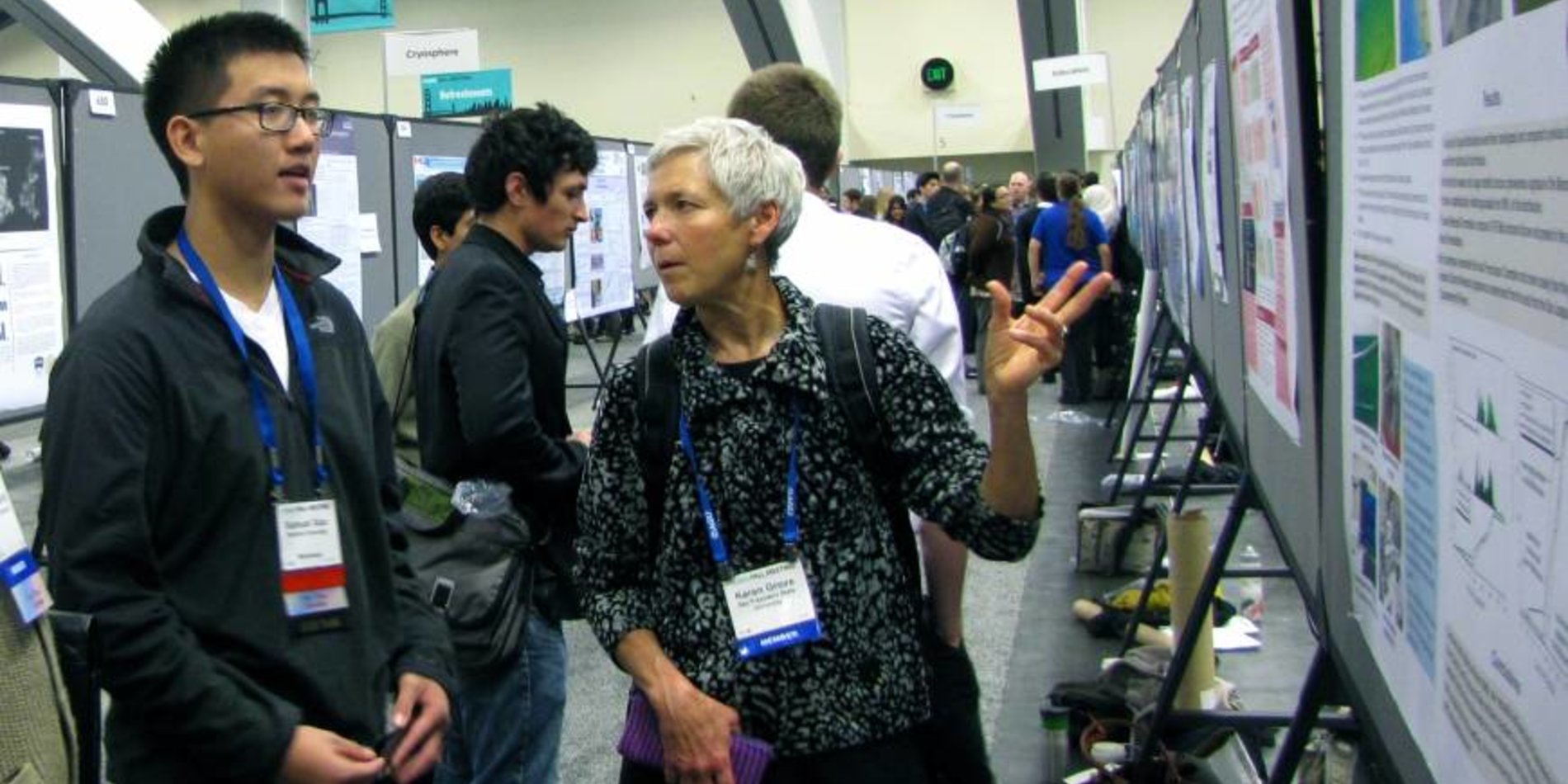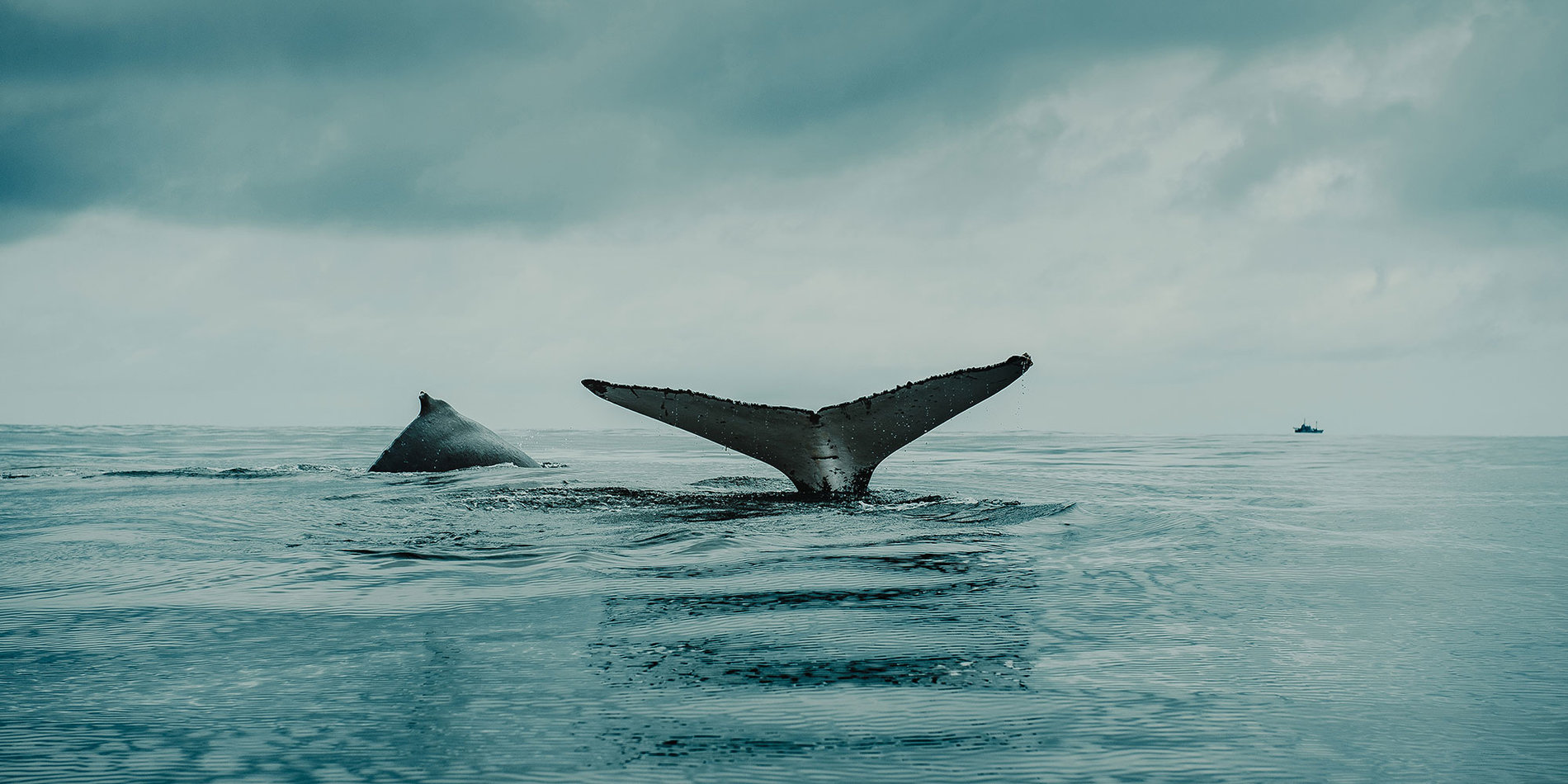Igniting a Passion for Science
“Across the aisle from me, someone was analyzing snow. He was so extremely passionate about his research, and so was everyone I met at the geophysical conference. It made me realize how much I want to share my ideas about sustainable agriculture – and find ways to grow food in parts of the world deprived of resources. I had been thinking of a future in environmental law, but now I know I want to be an environmental scientist who does agricultural research.” - Kavin Lam, Junior, Lowell High School, San Francisco
The Stanford Earth Sciences High School Summer Internship Program for high school students culminates in the presentation of student research at the American Geophysical Union (AGU) conference attended by 20,000 Earth and space scientists from around the globe. The result can be life altering, as it was for Kavin Lam.
It can also be off the experiential scale. Just three years ago, Mayra Pelagio, a senior at San Jose’s Yerba Buena High School, lived in a rural community in central Mexico. Stanford was the first university she’d ever seen, when she joined 20 interns here last summer; they worked 15-30 hours each week for eight weeks on research projects supervised by graduate students and post docs.
Eleven students participated in AGU’s Bright Students Training as Research Scientists (Bright STaRS) program, which provided a forum for presenting their research results at the annual fall conference. On December 5, at San Francisco’s Moscone Center Exhibit Hall, they interacted with scientists who perused their poster presentations and asked questions about data and results. “At AGU, our interns are able to see scientific research as an exciting and viable career path,” said Jenny Saltzman, Director of Outreach Education. “It can have a motivating impact on their lives.” Since 2005, Stanford has hosted 125 interns, many of whom went on to pursue an education and/or career in science. “Our goal is to introduce students to the broad field of Earth science,” said Saltzman, “and to how research works and translates into the real world.
“At AGU, I met people from all over the world,” Mayra said. “Grad students talked to me about hydrology and a geophysicist told me about a sustainable way to do petroleum extraction. Every thing I heard related to my interest in environmental science as a career.”
Research topics tackled by Bright STaRS interns ranged from denitrifying bacteria in the San Francisco Bay to the deforestation risks of unprotected areas in Brazil. Research methods varied too. Mayra investigated body size evolution of a group of extinct marine mollusks, employing statistical computing and graphing analysis, while Kavin Lam got down and dirty at the O’Donohue Family Stanford Educational Farm where he developed ways to create and maintain fertile soil.
“I found the whole research process pretty exciting,” said Sam Xiao, senior at Palo Alto’s Gunn High School, who investigated the origin of the Merced Formation – sedimentary bluffs along the Pacific Ocean south of San Francisco. “I loved scrambling up beach cliffs and collecting sand samples. And, in the lab, I got to work with cool machines, like a scanning electron microscope to identify the zircon we used for time measurement, and an ion microprobe mass spectrometer for age analysis. But it was meeting some young scientists who work at Google Earth that put a real face on the life plan Sam was considering: double majoring in computer science and geology. “They’re starting to map the oceans!” Sam said. “Geoinformatics could be a great job for me.”




